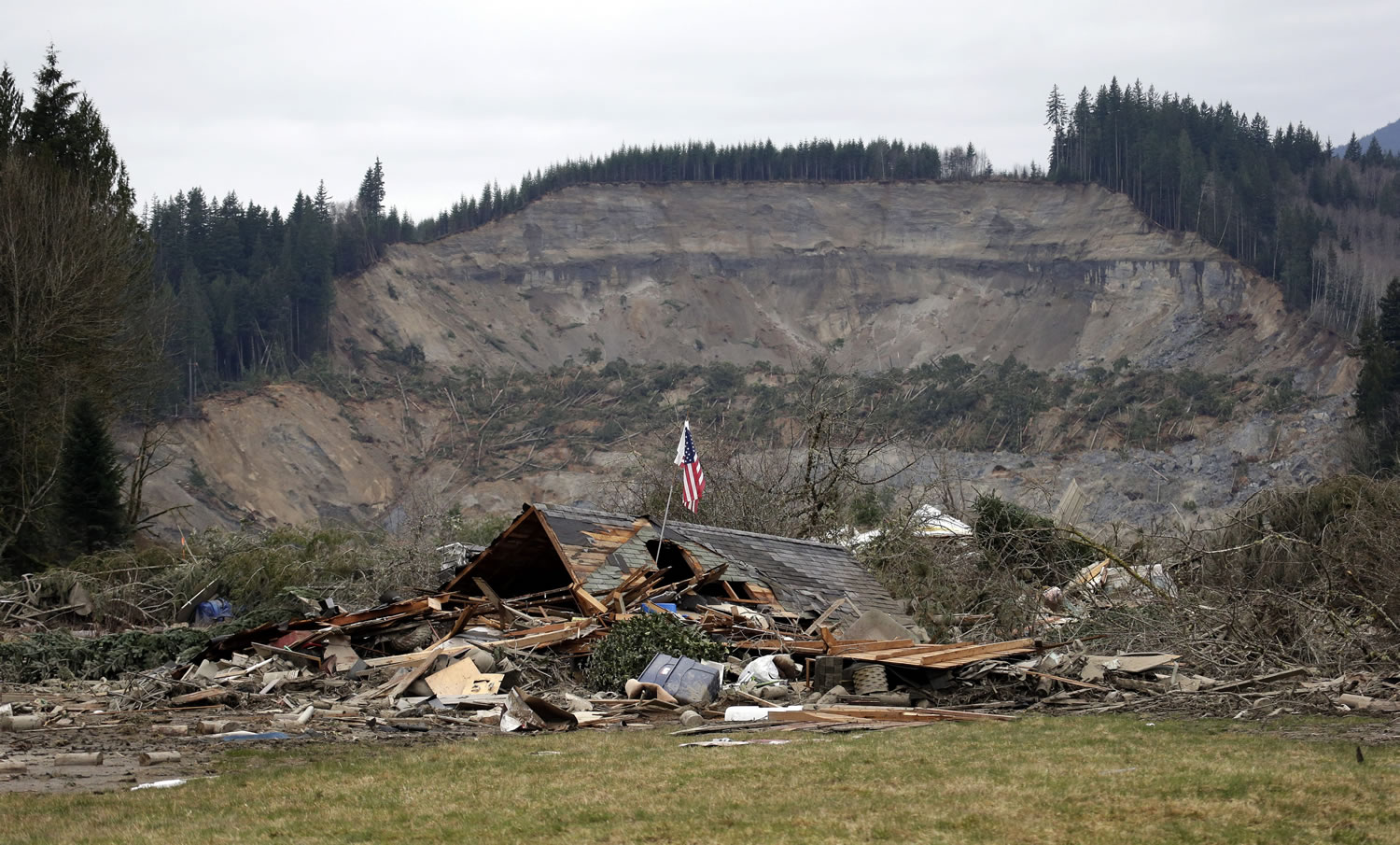SEATTLE — A panel on Monday recommended better landslide mapping, beefing up the state’s emergency management system and other ways to improve public safety in the wake of the Oso mudslide.
The disaster provides profound lessons that must be acted upon to enhance public safety in the state, the SR530 Landslide Commission said in a report that outlined 17 recommendations to the governor and Snohomish County Executive John Lovick.
The panel was asked to review emergency response to the slide and recommend ways to make things safer. It wasn’t asked to determine cause or fault in the disaster that killed 43 people about an hour northeast of Seattle.
Gov. Jay Inslee said Monday that he’s already moving forward on some recommendations. His proposed transportation budget will include $36 million for improved mapping and other landslide mitigation measures, he said.
Inslee’s proposed budget for the next two-year period also includes money for initiatives called for in the report, including an emergency management task force and an institute focusing on geological hazards in the state.
The panel noted a number of successes in the response due to the numerous professional responders and volunteers who filled gaps.
“The Commission salutes the courage and perseverance of the Stillaguamish Valley communities and others that came together, against the odds, to respond to the event, rescue those who could be rescued, and ultimately recover the 43 people that died in this catastrophe,” the report’s authors wrote.
The panel recommended clarifying state laws so that a well-tested statewide fire mobilization network could be activated during nonfire emergencies such as the Oso mudslide. On the second day after the landslide, a request made to the Washington State Patrol for that statewide mobilization was denied because of a legal interpretation that those resources were available only for fire disasters.
The commission said it felt that the legislative intent was clear that such mobilization could occur for any emergency or disaster situation that has exceeded local resources.
The panel also said one of the lessons learned was that large incidents with many fatalities could overwhelm local medical examiners that aren’t staffed to handle such events.
It noted confusion early on over who would maintain a missing persons list, so that relatives were forced, in some cases, to give repeat information as they filed a missing persons report, identified loved ones’ remains or provide other personal information. The panel recommended ahead of time to get cooperation among local coroners and medical examiners, even conducting multi-agency practice drills.
Other recommendations include: increase funding for the state disaster response fund from $8 million to $10 million per biennium; develop a better process for agencies to request and track resources; improve the volunteer process; and conduct landslide investigations.



